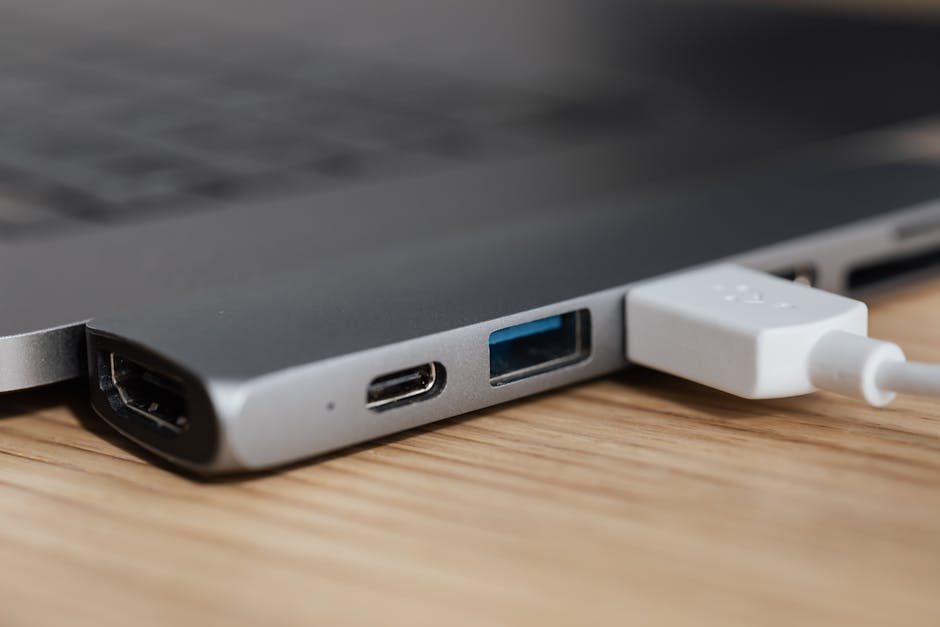Best Powerline Adapters for Home Networking

Powerline adapters have become a popular choice for enhancing home networking. These devices utilize the existing electrical wiring in your home to transmit data, providing a reliable and often faster alternative to Wi-Fi extenders. For those facing issues with Wi-Fi dead zones or requiring stable connections for gaming and streaming, powerline adapters offer an effective solution. Below, we will examine some of the best powerline adapters available today, focusing on performance, ease of use, and additional features.
Understanding Powerline Technology
Powerline technology works by converting your home's electrical wiring into a wired network. A powerline adapter plugs into a wall outlet and connects to your router via an Ethernet cable. Another adapter plugs into an outlet in a different room, providing a network connection through another Ethernet cable. This setup can extend your network's reach without the need for additional wiring.
One of the key advantages of powerline adapters is their ability to maintain a stable connection, even in areas where Wi-Fi signals are weak. They are especially beneficial in homes with thick walls or multiple floors, where traditional Wi-Fi extenders might struggle.
When selecting a powerline adapter, consider factors such as speed, range, ease of installation, and additional features like built-in Wi-Fi or extra Ethernet ports.
Top Powerline Adapters in 2023
Here are some of the top powerline adapters currently available:
- TP-Link AV2000: Known for its high speed and reliability, this model offers up to 2000 Mbps transfer rates and two Gigabit Ethernet ports.
- Netgear PowerLINE 1200: A solid choice for those seeking a balance between performance and price, with speeds up to 1200 Mbps and a straightforward plug-and-play setup.
- D-Link PowerLine AV2 2000: This adapter provides up to 2000 Mbps and includes pass-through outlets, making it convenient for rooms with limited plug space.
- Trendnet TPL-423E2K: Featuring MIMO technology for improved performance over longer distances, this model offers speeds up to 1300 Mbps and includes built-in Wi-Fi.
Comparing Key Features
| Model | Speed (Mbps) | Ethernet Ports | Wi-Fi Capability | Price Range |
|---|---|---|---|---|
| TP-Link AV2000 | 2000 | 2 Gigabit | No | $100-$120 |
| Netgear PowerLINE 1200 | 1200 | 1 Gigabit | No | $60-$80 |
| D-Link PowerLine AV2 2000 | 2000 | 1 Gigabit | No | $90-$110 |
| Trendnet TPL-423E2K | 1300 | 1 Gigabit | Yes | $110-$130 |
Installation and Setup Tips
The installation process for most powerline adapters is relatively straightforward. Here are some general steps:
Select Outlets: Choose outlets that are directly connected to your home's main electrical panel for optimal performance.
Plug in Adapters: Insert one adapter into an outlet near your router and connect it with an Ethernet cable. Plug the second adapter into an outlet in the desired room and connect it to your device.
Sync Adapters: Most models feature a sync button that establishes a secure connection between the adapters. Refer to the manufacturer's instructions for specific details.
Avoid plugging adapters into power strips or surge protectors, as these can interfere with signal transmission. Additionally, placing adapters in outlets away from high-power appliances can help maintain signal quality.
Troubleshooting Common Issues
If you encounter issues with your powerline adapter setup, consider the following troubleshooting tips:
- No Connection: Ensure both adapters are plugged directly into wall outlets and not into power strips. Confirm that both units are on the same electrical circuit.
- Poor Performance: Check for interference from other electronic devices. Repositioning the adapters or using outlets on the same circuit may improve performance.
- Losing Connection: Update the firmware on your adapters if available. Regular updates can resolve compatibility issues and improve stability.
The Future of Powerline Networking
The future of powerline networking looks promising as manufacturers continue to innovate and improve upon existing technologies. The introduction of G.hn (Gigabit Home Networking) standards promises even higher speeds and better performance over longer distances.
As smart home devices become more prevalent, having a robust home network is increasingly important. Powerline adapters provide a simple yet effective way to enhance connectivity without extensive infrastructure changes. For those looking to future-proof their home network, investing in advanced powerline technology could be a wise decision.
This article highlights key aspects of selecting and using powerline adapters for home networking. By understanding the technology and considering various models' features and performance, consumers can make informed decisions that best suit their needs.
The field of home networking continues to grow with advancements in powerline technology leading the way. As options expand and improve, staying updated on new developments ensures you get the best out of your home network setup.
Sourced Reference: tp-link.com .